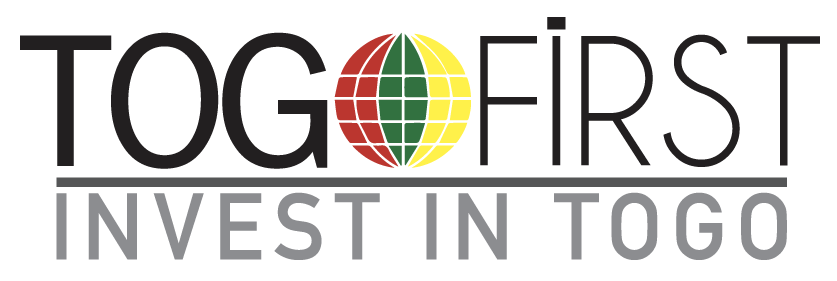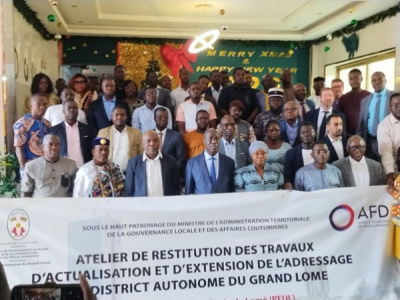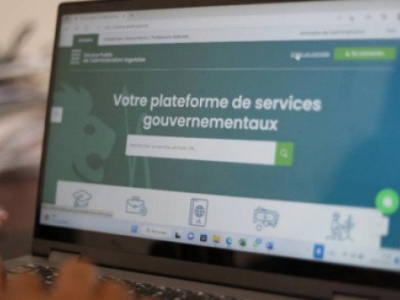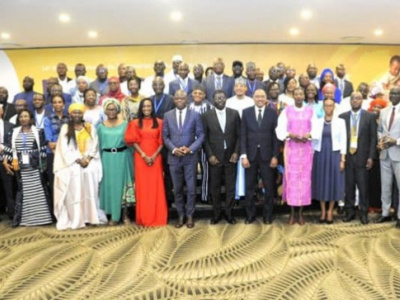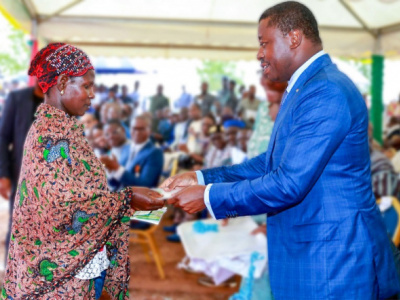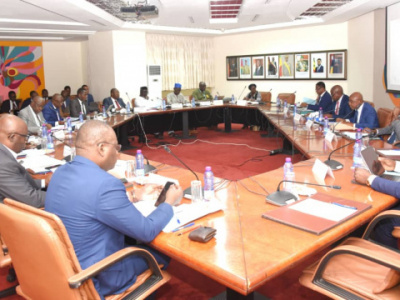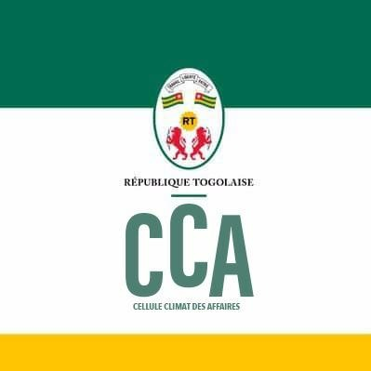India limits rice exports, Togo braces for impact
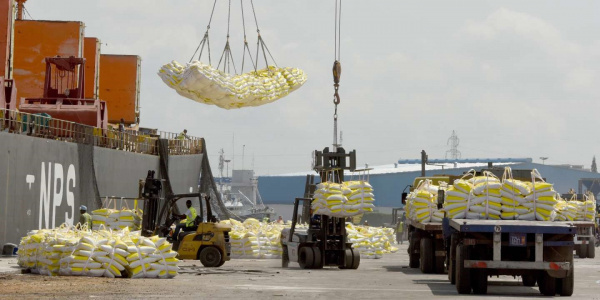
(Togo First) - India recently decided to limit its rice exports, and this poses new risks for Africa’s food security. On September 9, the Indian government imposed a 20% tariff on exports of white and brown rice and banned the sale of broken rice abroad.
This is bad news for Africa as it was already dealing with the impacts of the Russian-Ukrainian conflict on the prices of wheat, another major grain for Africans. Togo is, of course, concerned by the situation.
Using data obtained from Trade Map, Togo First found that Togo imports nearly 90% of its rice from India. Last year, alone, Togo bought 201,363 t of rice from the Asian country. This volume makes up 88% of the total rice the West African country bought outside in 2021 - 229,173 t. India is the largest exporter of rice in the world; it contributes 40% of global rice exports.
India’s new decision is particularly troublesome for Togo because the local production of the country only meets 32% of its demand. In the past season, Togo’s rice output even slumped by 3.5%.
Lekpa Antoine Gbebeni, the Togolese minister of agriculture, noted recently that the country had a white rice deficit of over 88,600 t in the 2020/2021 season. White rice is the most-consumed grain in Togo, after maize.
To tackle the country’s white rice deficit and meet demand, which keeps growing, Togolese authorities launched several initiatives such as the National Rice Development Strategy (SNDR 2008-2018), and the National Agricultural, Food Security and Nutritional Investment Program (PNIASAN). Unfortunately, the deficit remained, and white rice imports rather doubled between 2012 and 2021, from 113,585 t to 229,173 t.
Regardless, the government isn’t giving up. It drew a new strategy, the SNDR phase II covering the 2019-2030 period. Under this strategy, the authorities want to set up Planned Agricultural Development Zones (ZAAP in French) and develop irrigated areas including those of Kovié, Djagblé, Bas-Mono, and Koumbéloti.
Besides these, the government said it will take advantage of the restructuring of the Agricultural Financing Incentive Mechanism (MIFA) to better support farmers, financially.
By 2030, Lomé expects local production of paddy rice to reach 817,000 t, which equals about 500,000 t of white rice.
In the meantime, local actors ask for a deep reform of the sector, which is dominated by wholesalers and major importers such as Olam from Singapore, Louis Dreyfus from France, Ets Mawugnon, and Elisee Cotranne from Togo.
"Wholesalers and importers sell very little local rice. The promotion of local consumption has been neglected in favor of Asian rice, which is flooding the Togolese market. We, local producers, need more support from the government to increase the volume of rice we produce. It is more and more of good quality," a local producer told Togo First.
"Why not start limiting imports?" said another agricultural player who recognized, however, that local production is still weak, as is rice processing, which is still not modern enough to challenge Asian rice.
Written by: Fiacre E. Kakpo
Translated from French by Schadrac Akinocho
